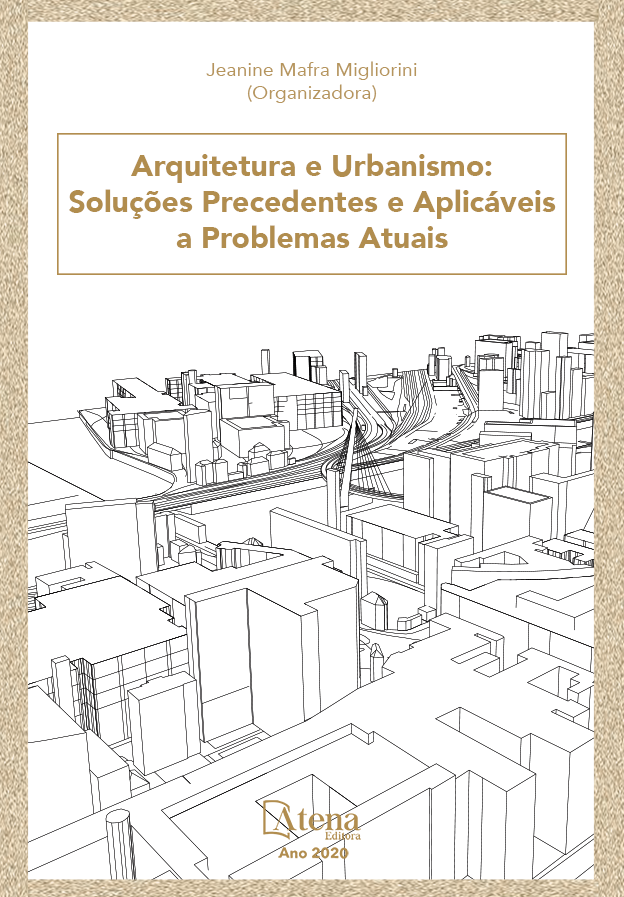
TECNOLOGIA CONSTRUTIVA INOVADORA
A região da cidade de Gonçalves considerada clima tropical de altitude tem temperaturas que chegam a máxima 30º C no verão e mínima 5º C no inverno, com sensação térmica de 2ºC, para tal desenvoltura do controle térmico no interior do ambiente construído, o objetivo foi manter a temperatura constante de 23° C durante o ano todo. Assim foi desenvolvida uma pesquisa com os princípios da geobiologia, como posição do sol, ventos predominantes, intensidade pluviométrica, pontos magnéticos do terreno, oscilação de temperatura, para que a implantação do projeto tivesse o melhor aproveitamento das condições naturais. A construção desenvolvida em adobe, tijolo feito com terra, elemento este com capacidade térmica boa, contempla uma técnica antiga com materiais atuais inovadores, aqueles que trazem na sua função uma inovação, como por exemplo o vidro insulado termorregulador e esquadrias em PVC, pela sua eficiência em vedação de vãos contribuindo dessa forma para que o calor interno não saia e o vento frio não entre; como também o uso de impermeabilizante biodegradável e sistema de calefação de piso solar, que potencializa o isolamento térmico do piso. Todos esses elementos auxiliam na manutenção do equilíbrio térmico no interior da construção.
TECNOLOGIA CONSTRUTIVA INOVADORA
-
DOI: 10.22533/at.ed.0342003126
-
Palavras-chave: terra, geobiologia, calefação solar, vidro termorregulador
-
Keywords: earth, geobiology, solar heating, thermoregulating glass.
-
Abstract:
The city of Gonçalves is located in a region considered to have a tropical highland climate, with temperatures that reach a high of 30°C in the summertime and a low of 5°C in the wintertime, getting to a 2°C apparent temperature. In order to achieve such resourcefulness of the thermic control in the interior of the built environment, the goal was to sustain a constant temperature of 23°C all year round. Thus, a research based on the principles of geobiology took place, in order for the project to best benefit from the grounds’ natural conditions. Elements such as the position of the sun, prevailing winds, pluviometric intensity, the parcel’s magnetic field points, and temperature oscillations, were analyzed. The construction with adobe, a clay brick with good thermic capacity, brings about an ancient technique combined with groundbreaking modern-day materials that present innovations in their function. Amongst those materials are the thermoregulating insulated glass and PVC miter joints, for their efficiency in sealing gaps and thus contributing to keep the internal heat from going out and the cold air from coming in. Another example is the use of biodegradable waterproofing and floor-heating system, which enhances the floor’s thermic isolation. All of those elements assist in keeping the thermic balance inside the structure.
-
Número de páginas: 15
- Maria Inês Marques da Cunha


